“How Much Does It Cost To Find A Higgs Boson?” & Facts about Large Hadron Collider
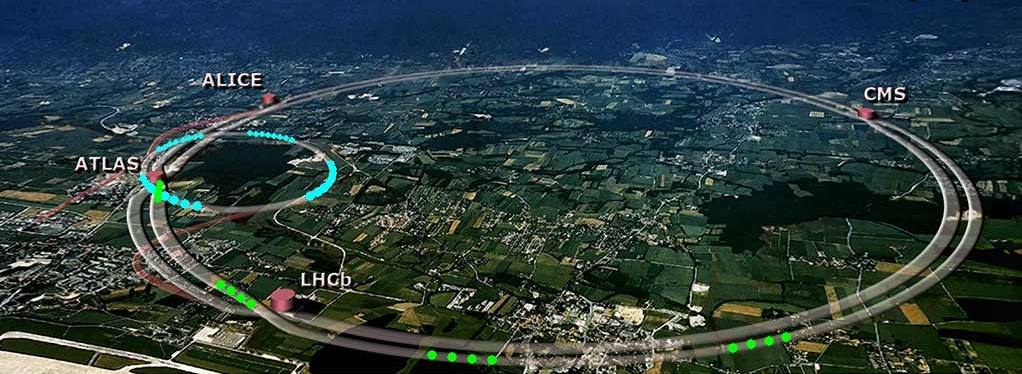
This is 😍Large Hadron Collider😍. It was built by the European Organization for Nuclear Research 😘(CERN) between 1998 and 2008.
The LHC consists of a 27-kilometer ring of superconducting magnets with a number of accelerating structures to boost the energy of the particles along the way and about 330 feet below the surface. The Collider has about 9,300 magnets, which are super-cooled to -456.25 degrees Fahrenheit or 1.9 Kelvin.
Why cool the magnets down to just above the temperature of absolute zero? At that temperature, the electromagnets can operate without any electrical resistance. The LHC uses 10,800 tons (9,798 metric tons) of liquid nitrogen to cool the magnets down to 80 degrees Kelvin (-193.2 Celsius or -315.67 Fahrenheit). Then it uses about 60 tons (54 metric tons) of liquid helium to cool them the rest of the way.
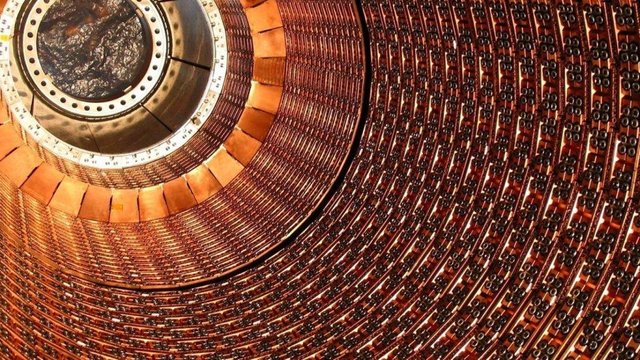
These include 1232 dipole magnets 15 meters in length which bend the beams, and 392 quadrupole magnets, each 5–7 meters long, which focus the beams. Just prior to the collision, another type of magnet is used to "squeeze" the particles closer together to increase the chances of collisions. The particles are so tiny that the task of making them collide is akin to firing two needles 10 kilometers apart with such precision that they meet halfway. This enables the Collider to get protons to 99.99% of the speed of light.
By smashing protons together hard and fast enough, the LHC will cause protons to break apart into smaller atomic sub-particles. These tiny sub-particles are very unstable and only exist for a fraction of a second before decaying or recombining with other sub-particles.
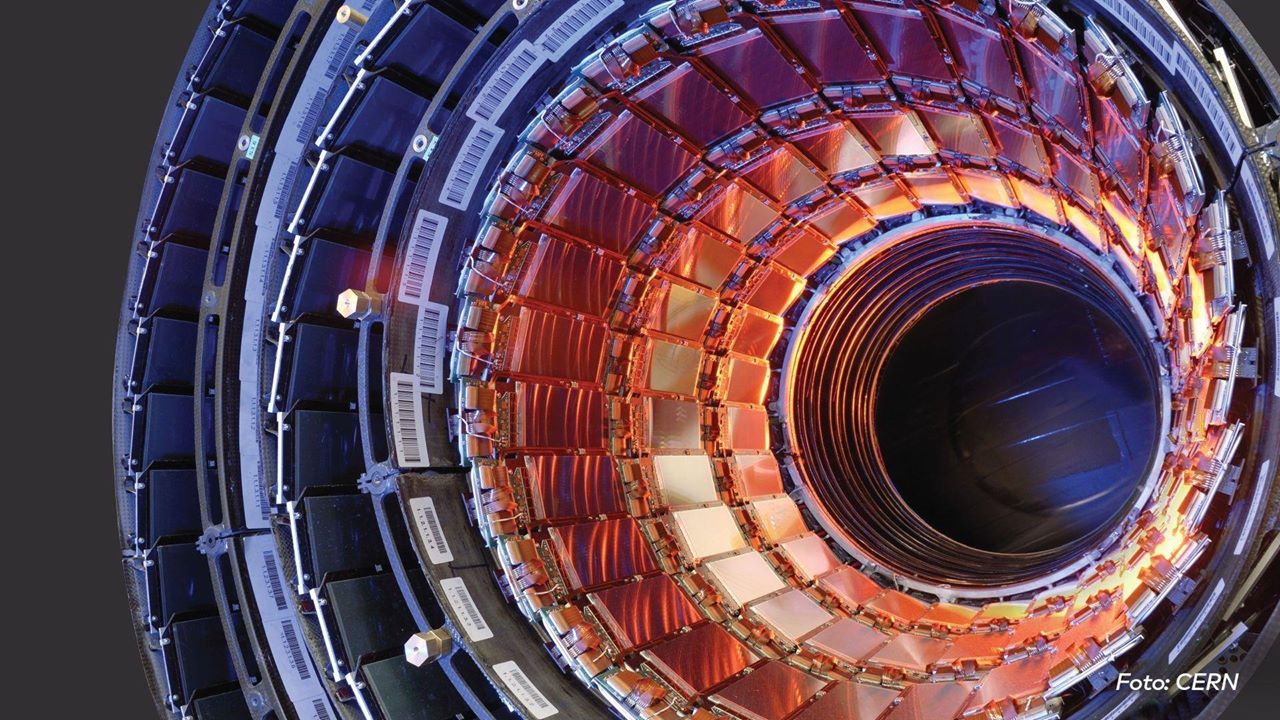
The Large Hadron Collider took about a decade to construct, for a total cost of about $4.75 billion. There are several different experiments going on at the LHC, including the CMS and ATLAS Detectors which discovered the Higgs boson. The total operating budget of the LHC runs to about $1 billion per year. Taking all of those costs into consideration, the total cost of finding the Higgs boson ran about $13.25 billion.
That's a large amount, but there are over 50 billionaires on the Forbes list actually worth more than that.😁😁
The money itself is provided by the CERN member countries, and a little over 70% of the annual budget is provided by Germany, the U.K., Italy, France, and Spain. The money for the experiments also comes from large institutions such as universities and observer governments such as the United States, India, and Russia.
LHC by the Numbers
The proton beams inside the LHC travel through pipes in what CERN calls an "ultra-high vacuum." The reason for creating such a vacuum is to avoid introducing particles the protons could collide with before they reach the proper collision points. Even a single molecule of gas could cause an experiment to fail.
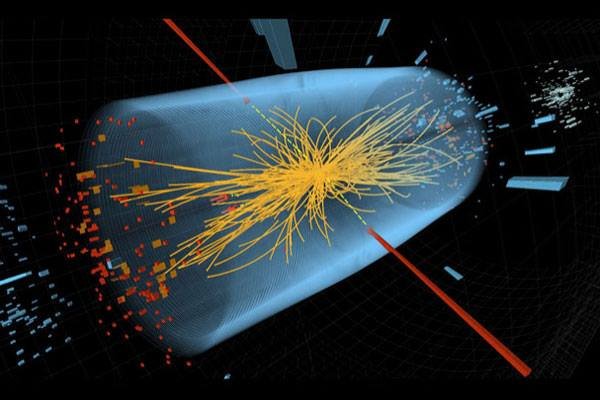
Inside the LHC, the beams continue to accelerate. This takes about 20 minutes. At top speed, the beams make 11,245 trips around the LHC every second. The two beams converge at one of the six detector sites positioned along the LHC. At that position, there will be 600 million collisions per second. The events inside the LHC will also produce photons (the particles of light), positrons (anti-particles to electrons) and muons (negatively charged particles that are heavier than electrons).
The LHC and the experiments connected to it contain about 150 million sensors. Those sensors will collect data and send it to various computing systems. According to CERN, the amount of data collected during experiments will be about 700 megabytes per second (MB/s). On a yearly basis, this means the LHC will gather about 15 petabytes of data. A petabyte is a million gigabytes. That much data could fill 100,000 DVDs.
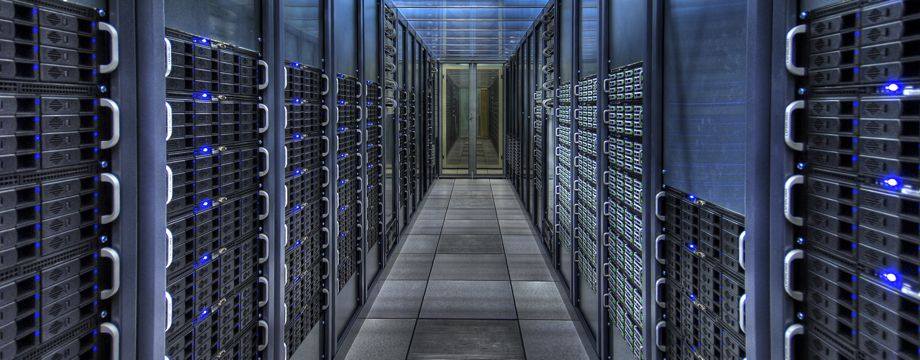
It takes a lot of energy to run the LHC. CERN estimates that the annual power consumption for the collider will be about 800,000-megawatt hours (MWh). It could have been much higher, but the facility will not operate during the winter months.
The hottest thing that we know of (and have seen) is actually a lot closer than you might think. It’s right here on Earth at the Large Hadron Collider. When they smash gold particles together, for a split second the temperature reaches 7.2 trillion degrees Fahrenheit! That’s hotter than a supernova explosion.
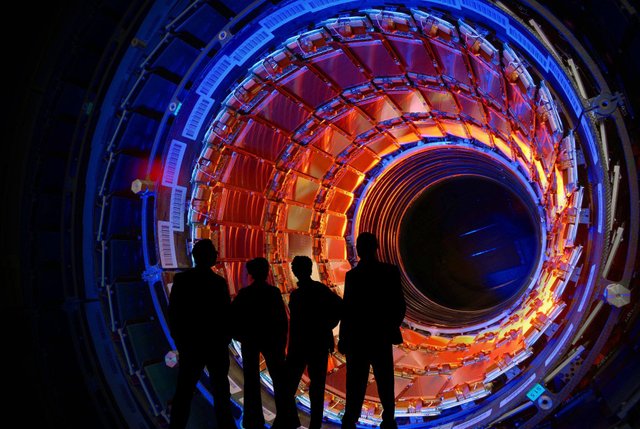
Long live LHC & CERN.
[Sources: CERN & Google].

Ask any question you have.
Very costly and interesting project.